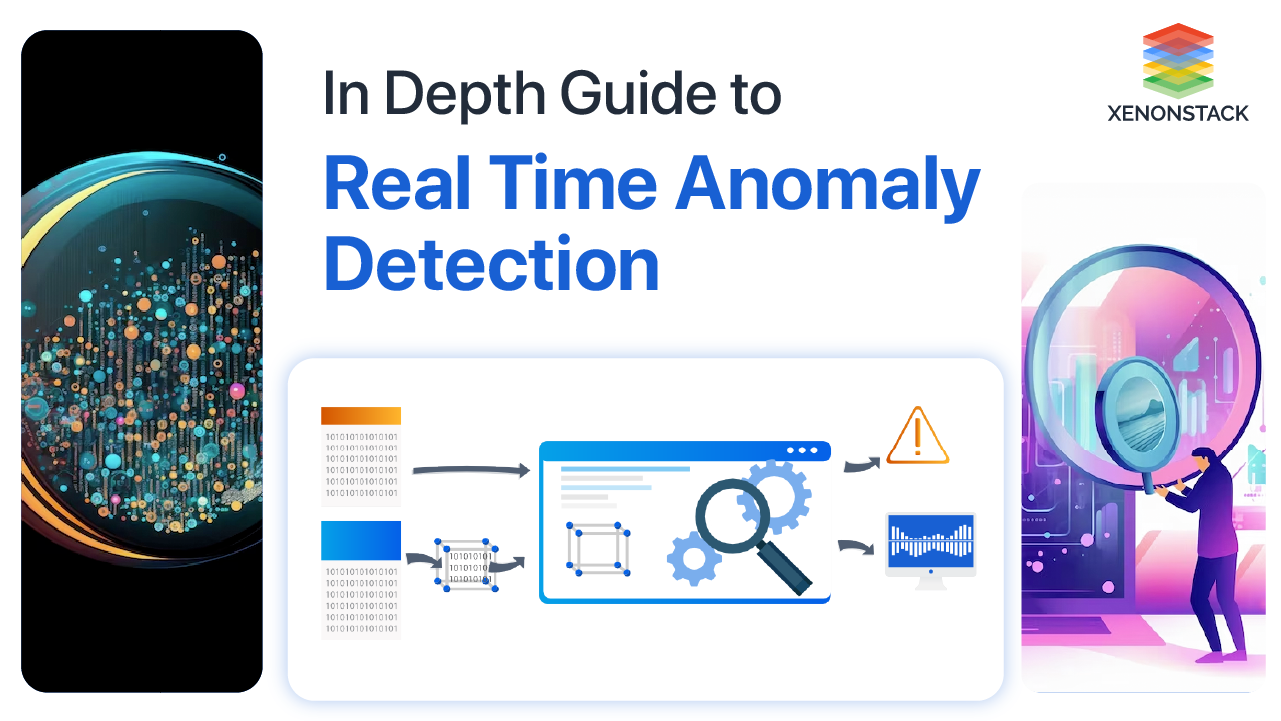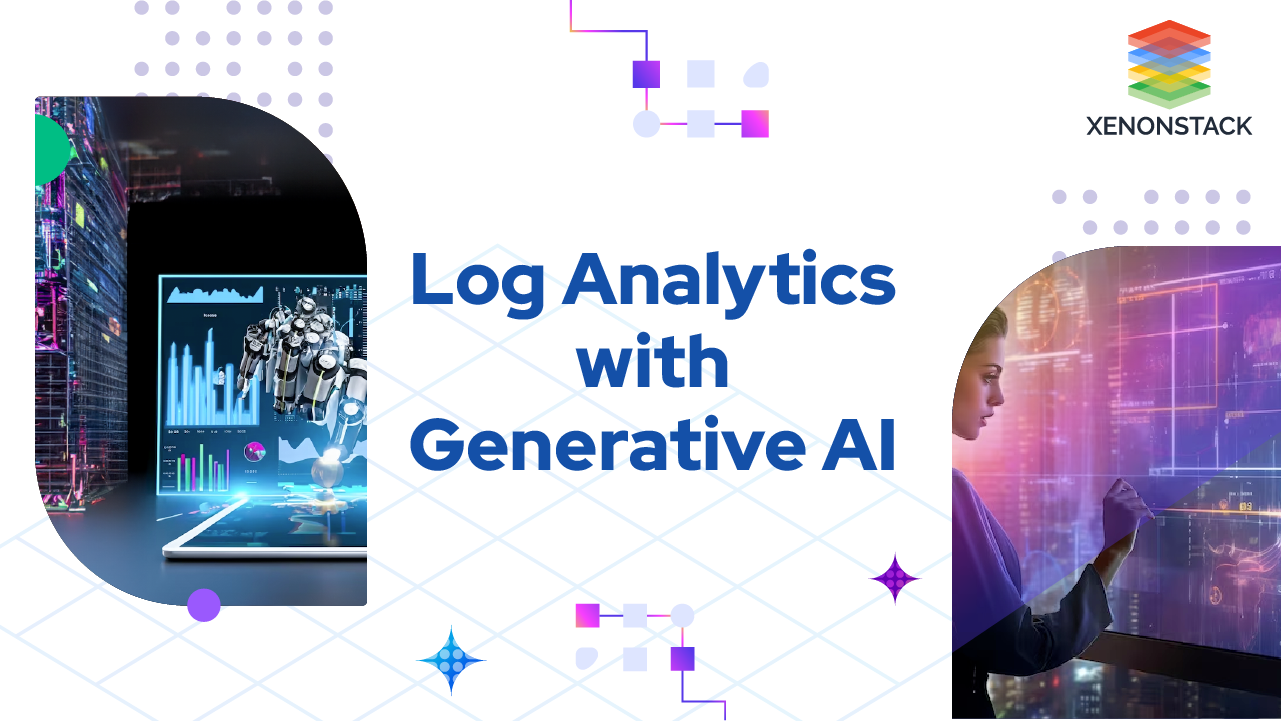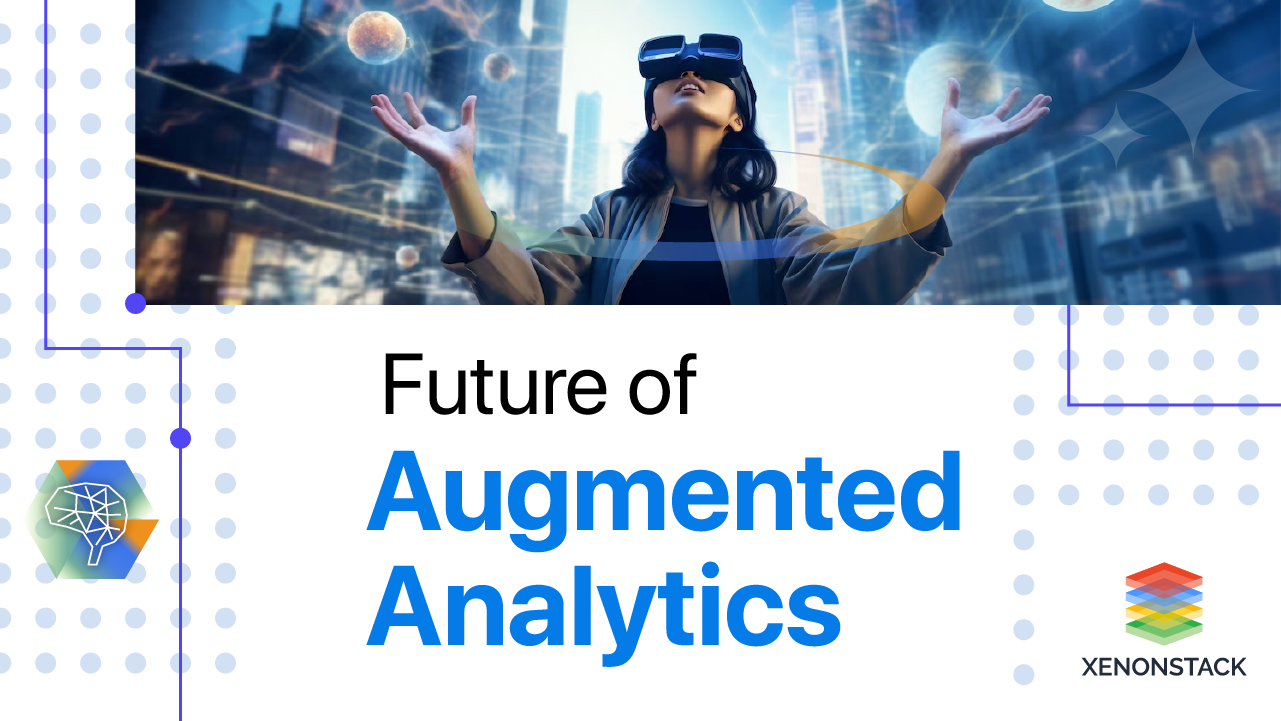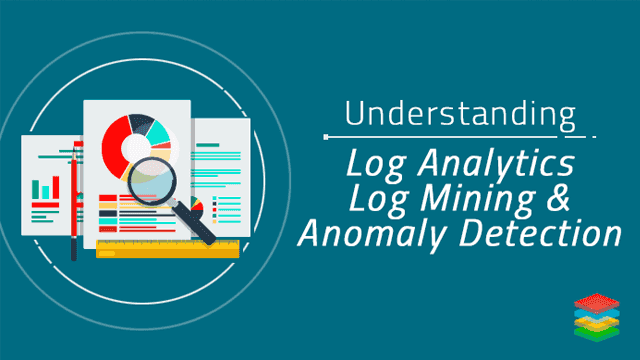
Introduction to Log Analytics
With technologies such as Machine Learning and Deep Neural Networks (DNN), these technologies employ next-generation server infrastructure that spans immense Windows and Linux cluster environments. This Article shows Log Analytics plays a major role in the management of Real-Time and Log Data. Additionally, for DNNs, these application stacks don’t only involve traditional system resources (CPUs, Memory), but also graphics processing units (GPUs). With a nontraditional infrastructure environment, the Microsoft Research Operations team needed a highly flexible, scalable, and Windows and Linux-compatible service to troubleshoot and determine causes across the full stack.
Log Analytics supports log search through billions of records, Streaming Analytics Stack metric collection, and rich custom visualizations across numerous sources. These out-of-the-box features, paired with the flexibility of available data sources, made Log Analytics a great option to produce visibility & insights by correlating across DNN clusters & components.The relevance of the log file can differ from one person to another. It may be possible that the particular log data can be beneficial for one user but irrelevant for another user. Therefore, the use of log data can be lost inside the large cluster.
What is Log Data?
Before discussing the analytics of the log file first, we should understand the log file. The log is data that is produced automatically by the system and stores the information about the events that are taking place inside the operating system. It stores the data in every period. The log data can be presented in the form of a pivot table or file. The records are arranged according to the time in the log file or table. Every software applications and systems produce log files. Some of the examples of log files are transaction log file, event log file, audit log file, server logs, etc. Logs are usually application-specific. Therefore, log analytics of a much-needed task to extract valuable information from the log file.| Log Name | Log Data Source | Information within the Log Data |
| Transaction Log | Database Management System | It consists of information about the uncommitted transactions, changes made by the rollback operations, and the changes that are not updated in the database. It is performed to retain the ACID (Atomicity, Consistency, Isolation, Durability) property at the time of crashes |
| Message Log | Internet Relay Chat (IRC) and Instant Messaging (IM) | In the case of IRC, it consists of server messages during the time interval the user is being connected to the channel. On the other hand, to enable the privacy of the user IM allows storing the messages in encrypted form as a message log. These logs require a password to decrypt and view. |
| Syslog | Network Devices such as web servers, routers, switches, printers, etc. | Syslog messages provide the information by where, when, and why, i.e., IP-Address, Timestamp, and the log message. It contains two bits: facility (source of the message) and security (degree of the importance of the log message) |
| Server Log File | Web Servers | It is created automatically and contains the information about the user in the form of three stages such as IP-Address of the remote server, timestamp and the document requested by the user |
| Audit Logs | Hadoop Distributed File System (HDFS) ANN Apache Spark. | It will record all the HDFS access activities taking place with the Hadoop platform |
| Daemon Logs | Docker | It provides details about the interaction between containers, Docker service, and the host machine. By combining these interactions, the cycle of the containers and disruption within the Docker service could be identified. |
| Pods | Kubernetes | It is a collection of containers that share resources such a single IP_Address and shared volumes. |
| Amazon CloudWatch Logs | Amazon Web Services (AWS) | It is used to monitor the applications and systems using log data, i.e., examine the errors with the application and system. It also used for storage and accessing the log data of the system. |
| Swift Logs | Openstack | These logs are sent to Syslog and managed by log level. They are used for monitoring the cluster, auditing records, extracting robust information about the server, and much more. |
What is the History of Log Analytics?
We've been attempting to analyse computer-generated records in mass ever since we first started producing them. Devices, programmes, networks, and other entities emit recordings, which are then time-sequenced into logs. The need for log analytics is further supported by the fact that these logs are frequently not properly documented or uniformly created across apps or devices.
Importance of Log Analytics
Indexing and crawling are two important aspects. If the content does not include indexing and crawling, then the update of data will not occur properly within time, and the chance of duplicate values will be increased. But, with the use of log analytics, it will be possible to examine the issues of crawling and indexing data. This can be performed by examining the time taken by Google to crawl the data and at what location Google is spending a large amount of time.
In the case of large websites, it becomes difficult for the team to maintain a record of changes that are made on the site. With the use of log Analytics, updated changes can be retained in the regular period, thus helps to determine the quality of the website.
From a Business point of view, frequent crawling of the website by Google is an important aspect as it points towards the product's or services' value. Log analytics make it possible to examine how often Google views the page site. The changes that are made on the page site should be updated quickly at that time to maintain the freshness of the content. The log Analytics can also determine this. Acquiring the real informative data automatically and measuring the system's security level.
Why do Organizations need Log Analytics?
Search Query Language
All datasets are thoroughly analysed with powerful log queries, which speeds up threat detection and performance debugging. Discover the "unknown unknowns" and provide your users the tools they need to swiftly filter real-time insights and outcomes with a large operator library and intuitive search templates. Click here to know the relationship between SQL, NoSQL and NewSQL
Advanced Analytics
Machine learning is used in thorough monitoring and alerting to identify risks and solve issues with performance faster. Patented features like Log Compare, Log Reduce, Outlier Detection, and flexible query language make it easier to immediately identify the root cause of a security or operations problem. Click here to learn about How to scale up Big Data Strategies with Advanced Analytics?
Complete Visibility
Unified logs, events, metrics, and traces make it easier and faster to interpret vast amounts of data. Pre-configured or out-of-the-box dashboards save time by making all of the stack's components visible. Users can gain visibility from the relevant dataset with the use of special features like Partitions and Scheduled Views.
Real-time Insights
Log data can be visualized using rich data visualization on standard or custom dashboards. You may gain profound performance and security insights with machine learning-driven threat detection, integrated threat intelligence correlation, and deep search-based investigation.
How to do Log Analytics?
The steps for the processing of Log Analytics are described below -- Collection and Cleaning of data
- Structuring of Data
- Analytics of Data
Data Cleansing
Firstly, Log data is collected from various sources. The collected information should be precise and informative as the type of received data can affect the performance. Therefore, the information should be collected from real users. Each type of Log contains a different kind of information. After the collection of data, the data is represented in the form of a Relational Database Management System (RDMS). Each record is assigned a unique primary key, and the Entity-Relationship model is developed to interpret the conceptual schema of the data. Once the log data is arranged properly then, the process of cleaning of data has to be performed. This is because there can be the possibility of the presence of corrupted log data. The reasons for corruption of log data are given below -- Crashing of the disk where log data is stored
- Applications are terminated abnormally
- Disturbance in the configuration of input/output
- Presence of the virus in the system and much more
Data Structuring
Log data is large as well as complex. Therefore, the presentation of log data directly affects their ability to correlate with the other data. An important aspect is that the log data can directly connect to the other log data so that a deep understanding of the log data can be interpreted by the team members. The steps implemented for the structuring of log data are given below -- Clarity about the usage of collected log data
- The same assets involve the data so that the values of log data are consistent. This means that naming conventions can be used
- Correlation between the objects is created automatically due to the presence of nested files in the log data. It’s better to avoid nested files from the log data.
Data Analytics
The next step is to analyze the structured form of log data. This can be performed by various methods such as Pattern Recognition, Normalization, Classification using Machine Learning, Correlation Analytics, and much more. Click here to know about Data Intelligence to Revolutionize Customer Experience.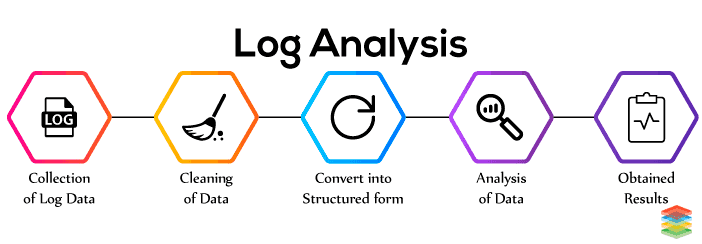
You May also Love to Read Log Analytics With Deep Learning & Machine Learning
Knowledge Discovery and Data Mining
In today's generation, the volume of data is increasing day by day. Because of these circumstances, there is a great need to extract useful information from large data that are further use for making decisions. Knowledge Discovery and Data Mining are used to solve this problem, these are two distinct terms.
Knowledge Discovery is a kind of process used for extracting useful information from the database. Whereas, Data Mining is one of the steps involved in this process. Data Mining is the algorithm used for extracting the patterns from the data. Knowledge Discovery involves various steps such as Data Cleaning, Data Integration, Data Selection, Data Transformation, Data Mining, Pattern Evaluation, Knowledge Presentation.
Knowledge Discovery is a process that has total focus on driving the useful information from the database, interpretation of storage mechanism of data, implementation of optimum algorithms, and visualization of results. This process gives more importance to finding the understandable patterns of evidence that further used for grasping useful information. Data Mining involves the extraction of patterns and fitting of the model.
The concept behind the fitting of the model is to ensure what type of information is inferred from the processing of the model. It works on three aspects: model representation, estimation, and search. Some of the common Data Mining techniques are Classification, Regression, and Clustering. 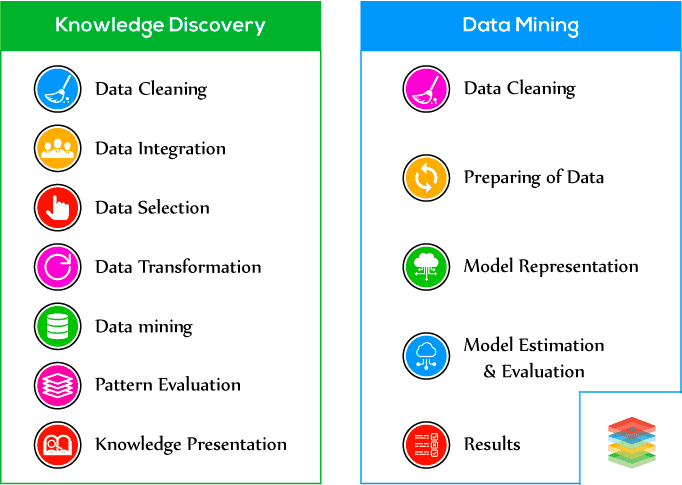
Log Data Mining
After performing Analytics of logs, now the next step is to perform log mining. Log Mining is a technique that uses Data Mining for the analytics of logs. With the introduction of the Data Mining technique for log analytics, the quality of log data analytics increases. In this way, the analytics approach moves towards software and automated analytic systems. But, there are a few challenges to performing log analytics using data mining. These are -- Day by day volume of log data is increasing from megabytes to gigabytes or even petabytes. Therefore, there is a need for advanced tools for log analytics.
- The essential information is missing from the log data. So, more efforts are needed to extract useful data.
- The different numbers of logs are analyzed from various sources to move deep into the knowledge. So, logs in various formats have to be analyzed.
- The presence of different logs creates the problem of data redundancy without identification. This leads to the question of synchronization between the sources of log data.
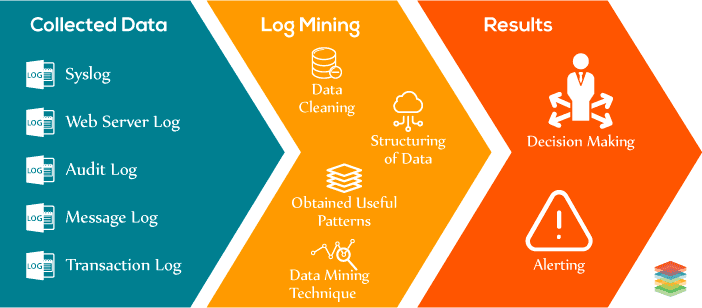 As shown in Fig the process of log mining consist of three phases. Firstly, log data is collected from various sources like Syslog, Message log, etc. After receiving the log data, it is aggregated together using Log Collector. After aggregation, second phase is started. In this, data cleaning is performed by removing irrelevant data or corrupted data that can affect the accuracy of the process. After cleaning, log data is represented in the structured form of data (Integrated form) so that queries could be executed on them. After that, the transformation process is performed to convert into the required format for performing normalization and pattern analytics. Useful patterns are obtained by performing Pattern analytics. Various data mining techniques are used such as Association Rules, Clustering, etc. to grasp the relevant information from the patterns. This information is used for decision-making and for alerting the unusual behavior of the design by the organization.
As shown in Fig the process of log mining consist of three phases. Firstly, log data is collected from various sources like Syslog, Message log, etc. After receiving the log data, it is aggregated together using Log Collector. After aggregation, second phase is started. In this, data cleaning is performed by removing irrelevant data or corrupted data that can affect the accuracy of the process. After cleaning, log data is represented in the structured form of data (Integrated form) so that queries could be executed on them. After that, the transformation process is performed to convert into the required format for performing normalization and pattern analytics. Useful patterns are obtained by performing Pattern analytics. Various data mining techniques are used such as Association Rules, Clustering, etc. to grasp the relevant information from the patterns. This information is used for decision-making and for alerting the unusual behavior of the design by the organization.
How to design a Log Analytics Plan?
Your log analytics approach must take into account the following: data import, transformation, and enrichment; indexing and sharding strategy; infrastructure design; and, ultimately, data lifecycle and archiving. The general procedures are as follows:
- You must first recognize data intake or motions. You basically need to determine an intake pathway.
- You must secondly configure data transformation for log lines or strings. Log analytics frequently deal with JSON, thus the data must be suitably transformed and enhanced as necessary.
- Decide on an indexing and shards technique in the third place. Indexes must be created correctly.
- In order to determine the type of instance you need and how many of them, you must to undertake some infrastructure planning.
- Finally, you need a comprehensive strategy for data life cycle and archiving to manage log size and cost.
Log Analytics Use Cases
Business Intelligence
Log data enables data-driven decision-making and provides insights into business processes.
Detecting and Troubleshooting Technical Problems
The root cause of technological problems, like server breakdowns or network outages, can be found using log data.
Security and Threat Intelligence
Security issues like malware infections or unauthorized access attempts can be found using log data.
Monitoring System Performance
Log data can be used to keep an eye on things like CPU and memory consumption and spot possible problems before they get serious.
Protection and threat recognition.
Centralized Log Aggregation
Businesses gather and consolidate all of their logs from various systems and tools in one place. By removing potential data silos and redundant IT tools and relying instead on cloud principles to provide enhanced scalability and accessibility, organizations can increase operational efficiency.
Auditing and Compliance
Log data gives organizations a record of activities to audit, which aids in meeting regulatory and compliance obligations.
Customer Experience Enhancement
Log data keeps track of consumer interactions with a company's goods or services and identifies areas for improvement.
How Can XenonStack Help You?
XenonStack Data Science Solutions provides a Platform for Data Scientists and Researchers to Build, Deploy Machine Learning and Deep Learning Algorithms at a scale with automated On-Premises and Hybrid Cloud Infrastructure.Get Real-Time Insights into Machine Data with XenonStack Analytics Services which monitors, aggregates, indexes, and analyzes all the log data from your infrastructure. Collect and correlate the data from multiple sources with smart Analytics using Machine Learning and Deep Learning.
- Check Out the UseCases for Continuous Intelligence
- Learn about the Real-Time Data Ingestion with Apache NiFi
